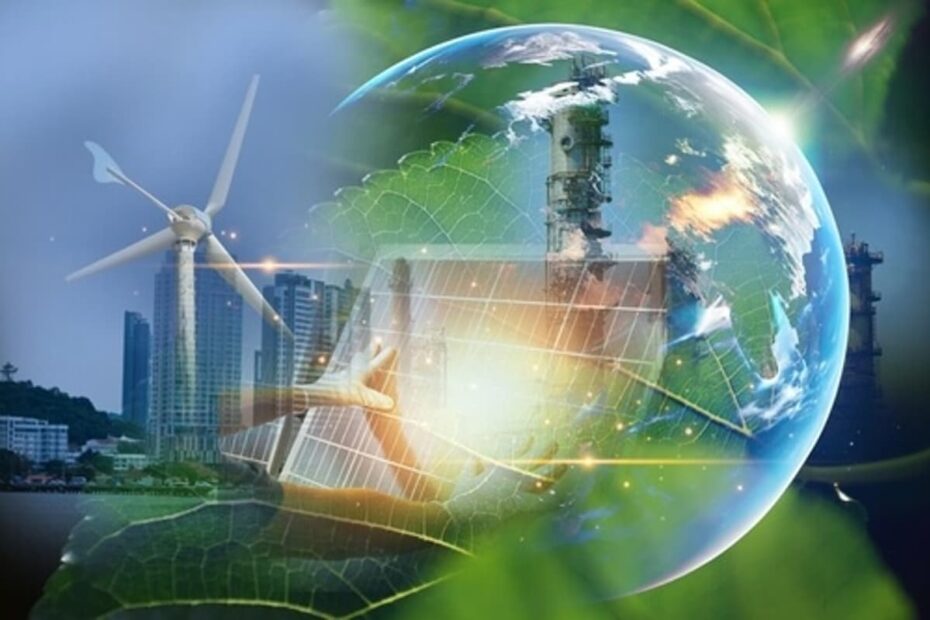Global energy investment is set to increase to a record $3.3 trillion in 2025, despite headwinds from elevated geopolitical tensions and economic uncertainty, according to a new International Energy Agency (IEA) report.
Investment in clean technologies – renewables, nuclear, grids, storage, low-emissions fuels, efficiency and electrification – is the main driver, and will account for $2.2 trillion. Solar PV continues to attract more capital than any other technology.
Next to this, investment in oil, natural gas and coal is set to reach $1.1bn, underlining the gradual pace of the energy transition, with global spending on upstream oil and gas gravitating towards the Middle East.
Investment in new liquefied natural gas facilities is on a strong upward trajectory as new projects in the US, Qatar, Canada, and elsewhere prepare to come online. Between 2026 and 2028, the global LNG market is set to experience its largest ever capacity growth.
Fatih Birol, IEA Executive Director, said energy security is a key growth driver as countries and companies seek to insulate themselves from a wide range of risks.
“The fast-evolving economic and trade picture means that some investors are adopting a wait-and-see approach to new energy project approvals, but in most areas we have yet to see significant implications for existing projects,” he said.
When the IEA published the first edition of its World Energy Investment report, nearly 10 years ago, it showed energy investment in China in 2015 just edging ahead of that of the US. Today, China is by far the largest energy investor globally, spending twice as much on energy as the EU – and almost as much as the EU and US combined.
Over the past decade, China’s share of global clean energy spending has risen from a quarter to almost a third, underpinned by strategic investments in a wide range of renewable technologies.
Another key trend sees electricity investments being nearly 50% higher than the total amount being spent bringing oil, natural gas and coal to market.
But investment in grids, now at $400bn per year, is failing to keep pace with spending on generation and electrification.
Uneven investment continues to hamper global growth, with Africa accounting for just 2% of clean energy investment, despite being home to 20% of the world’s population.
